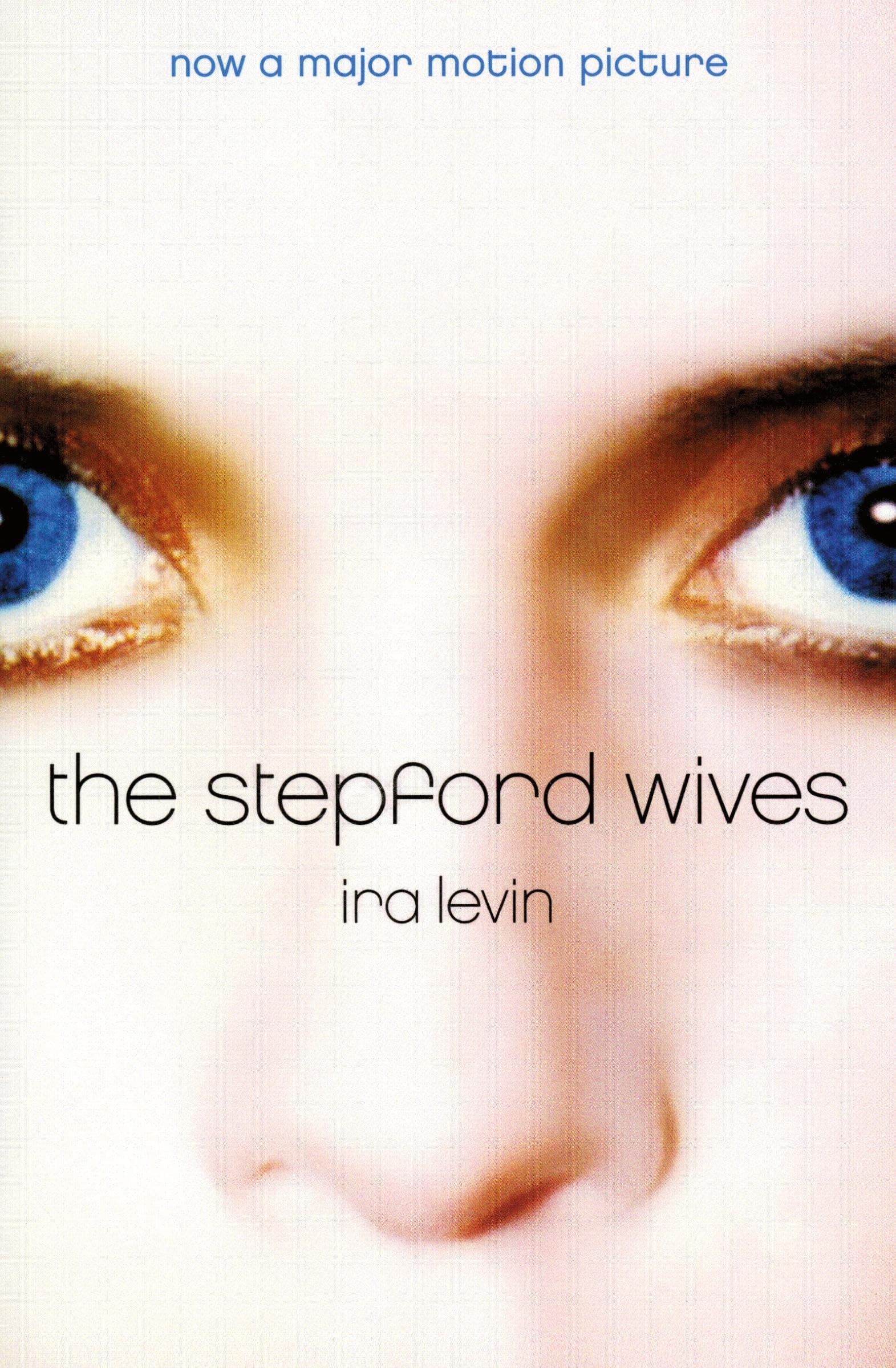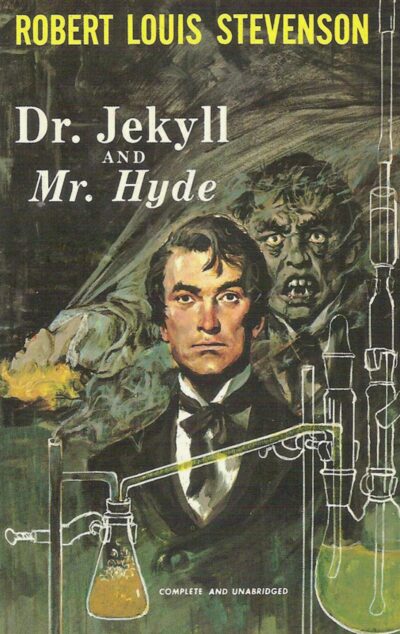Describing My Experience
This book is yet another present from my grandma, the same grandma who gifted me the book I focused on for Post #2. However, I got this for Christmas, so it’s much more recent than the previous gift. I was excited about this book because I had seen the film, The Stepford Wives, and enjoyed it. I was surprised that the book was so old, written in 1972. I feel like most film adaptations of books are made within a few years, whereas this adaptation did not come out until 2004, 32 years later. I believe that due to the gap in time between the book and the film, some liberties were taken in the film to modernize it. Since my last draft, I have discovered that there is also a film adaptation made in 1975. I wonder if that is more accurate to the book. It is definitely on my to-watch list!
The Stepford Wives is a feminist horror novel about Joanna Eberhart, a woman who moves to the suburban town of Stepford. Upon her arrival, she begins to notice that all of the local housewives are eerily submissive and perfect. As she investigates what is going on, she learns that men in the town are replacing their wives with obedient, robotic replicas. The novel critiques gender roles, particularly societal expectations of women. I found the story to be even more disturbing once I found out that the author was a man. It made the experience more uncomfortable because, in my opinion, if it was written by a woman it would be a social commentary on unfair expectations BUT the fact that it is written by a man makes it feel like a gross male fantasy. I do not think we have an experience/technology for this but I think we have discussed it a bit in class – how our perception of authors influences our experiences reading their stories. I know we are mostly focusing on books in this class and this is probably out of that scope (plus the time I have available) but I would be interested in doing a comparison of the book and the film one day. While women are still a somewhat oppressed group to this day, the societal expectations of women in 1972, 2004, and 2025 are all different. Some of what was normalized in society at the time that this book was written rubs me the wrong way as a young woman living in today’s day and age. I felt myself getting irritated with the way that the story was written and it made me wonder if that was on purpose or if it was just because that is how the author describes women in general.
Classifying My Experience
Since I had seen the film before reading the book, even though the book and film have some differences, I felt a sense of superiority. I knew what was coming and it made foreshadowing more obvious. Even though I knew what to expect, it didn’t make it any less terrible. At the beginning of the book, there are hints of societal expectations of women at the time before the story takes them to an extreme. If I had read the book without ever having seen the film, the foreshadowing would probably have gone over my head.
I also experienced a good amount of frustration, which is defined as “An emotional response to the perceived resistance to the fulfillment of an individual’s will or goal,” in our experiences glossary. Interestingly, I was frustrated with Joanna’s blocking of her own goal. She wants to start a sort of Women’s Liberation club in the ultra-traditional town of Stepford, but she acts like she is above the women in the town. She acts like she’s not like other girls. I am frustrated with her because I don’t know how she expects to bond with the women around her when she approaches them from a place of superiority. It comes off as very much surface-level feminism and again, makes me wonder if the story would be different if written by a woman.
Features That Prompted My Experience
As I mentioned when I talked about superiority, I noticed a distinction between actual societal expectations of women at the time and when the story was taking it to an extreme. A quote that stands out to me as a layout of the real-life status quo is as follows,
Joanna told her where she and Walter had moved from; what Walter did and with which firm; Pete’s and Kim’s names and ages; what she had done before they were born; and which colleges she and Walter had gone to.
Chapter 1 of The Stepford Wives (Levin 2)
Specifically, I didn’t like how matter-of-fact it was when referring to Joanna’s career as simply what she had done before her children. If the book were written more recently, I believe that would have been phrased differently, such as “her career” or “what she had done professionally before she decided to stay home once her children were born.”
The societal norms at the time are also exemplified in this quote,
“There’s a picture of the officers. ‘Mrs. Steven Margolies, Mrs. Dale Coba, author Betty Friedan, Mrs. Herbert Sundersen, Mrs. Frank Roddenberry, and Mrs. Duane T. Anderson.'”
Chapter 1 of The Stepford Wives (Levin 37)
I noticed how the women are referred to as “Mrs. Husband’s full name,” which is an outdated practice. It is ironic since the context is a group of women in a women’s club fighting against gender inequities.
Another quote that stuck out to me and made me feel like I was in a superior position was,
“And I’m interested in politics and in the Women’s Liberation movement. Very much so in that. And so is my husband.”
Chapter 1 of The Stepford Wives (Levin 2)
I talk about irony in the narrative technology section more but this quote felt particularly ironic and not in a funny way…in a little does she know what’s going to happen way. Similarly, another ironic quote is,
It was Walter’s turn to do the dishes
Chapter 1 of The Stepford Wives (Levin 4)
Even though Joanna is a stay-at-home mom who ended her career once her children were born, it is interesting that some of the household labor was split between her and her husband. Again, this won’t last and is unfortunate foreshadowing.
As for the frustration that I felt, it mostly came from Joanna acting like she was above the women in the town of Stepford. This is exemplified in quotes like,
As a matter of principle she wasn’t going to do any housework. Not that there was plenty to do, God knows, and some that she actually wanted to do, like getting the living-room bookshelves squared away — but not tonight, no sir. It could darn well wait. She wasn’t Carol Van Sant and she wasn’t Mary Ann Stavros — pushing a vacuum cleaner past a downstairs window when she went to lower Pete’s shade.
Chapter 1 of The Stepford Wives (Levin 12)
Identifying Narrative Technologies
I know that for this post, it was recommended that we attempt to isolate narrative technologies used to create the plot. One that stood out to me is irony, in a rather unfortunate way. The descriptions of the lives of the women, including Joanna, before they moved to Stepford are so opposite to how they are made to behave there. Additionally, I noticed the use of God Voice in the narration of the book, a narrative technology that does not fall under plot. It is in 3rd person, but with a detailed description of individual characters’ subjective experiences. Perhaps the use of God Voice contributed to my feelings of superiority in already knowing what would happen.
Works Cited
Experiences Glossary – Story & The Brain. https://unewhavendh.org/story-and-the-brain/experiences-glossary/. Accessed 23 March 2025.
Levin, Ira. The Stepford Wives. Perennial, 1972.
“The Stepford Wives (1975 Film).” Wikipedia, Wikimedia Foundation, 16 Mar. 2025, en.wikipedia.org/wiki/The_Stepford_Wives_(1975_film).
“The Stepford Wives (2004 Film).” Wikipedia, Wikimedia Foundation, 5 Mar. 2025, en.wikipedia.org/wiki/The_Stepford_Wives_(2004_film).
Featured Image
Book cover for The Stepford Wives. Perennial. All Rights Reserved.




